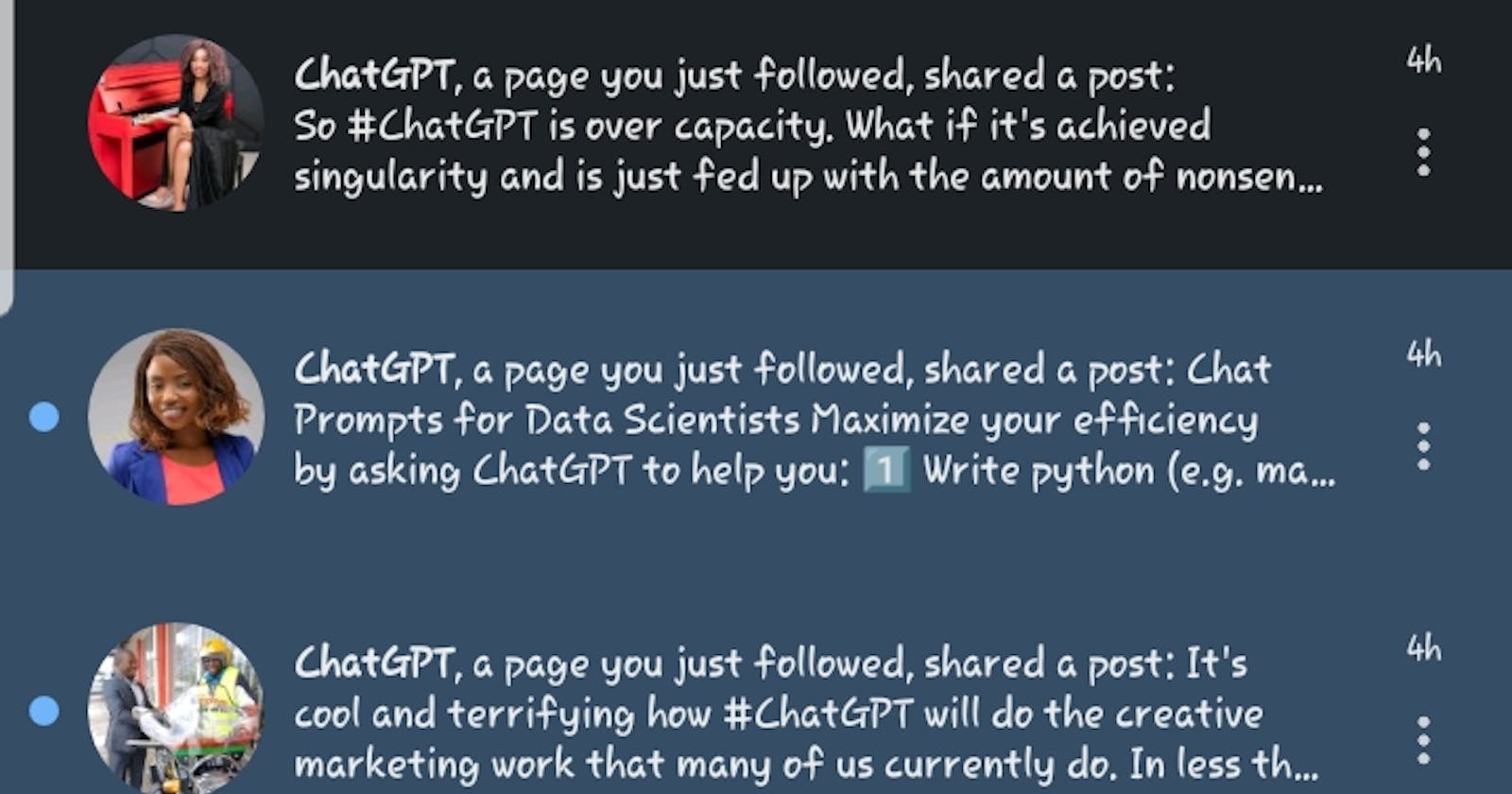What are some of the problems a writer may face relying on Chat GPT.
#chatgpt #writing #problems
Table of contents
No headings in the article.
As a technical writer myself who is curious and grows with advances in technology, I was curious to see how relying on artificial intelligence might present a challenge during an author's writing adventure. I use language models like Chat GPT to alert you. How the world is moving to Industry 5.0. The fear of AI systems can seem like a mirage. But what challenges are still in play?... for one in an industry like writing. Join me in revealing the challenge with Chat GPT;
Language models like ChatGPT are becoming increasingly popular among writers and provide a convenient and efficient way to generate text. However, there are several problems that a writer may face when relying on ChatGPT.
Lack of context or understanding of the situation: ChatGPT is a general language model that is trained on a diverse range of textual data. However, when it comes to specific topics or industries, they may not have the same level of understanding and context as a human writer. This can lead to the generation of irrelevant or inaccurate answers. For example, if an author is trying to write about a complex medical topic, ChatGPT may not be able to provide accurate information or may provide irrelevant information.
Over-reliance on a model: A writer can become too dependent on a model, leading to a lack of creativity and originality in his writing. They can begin to rely on the model to generate sentences, paragraphs, or even entire sections of text. This can result in a homogenous and uninteresting writing style that lacks a personal touch.
Difficulty controlling tone: ChatGPT is trained on a huge amount of text data that contains different forms of language, style, and tone. This can make it difficult for the writer to control the tone of the generated text, as ChatGPT may generate responses that are not consistent with the desired tone or style. For example, if an author is trying to write a formal document, ChatGPT may generate informal or informal language that would be inappropriate for the intended audience.
Inconsistencies or errors in output: ChatGPT is a machine learning model and is not perfect, so there may be errors or inconsistencies in the output it generates. The model may generate irrelevant or nonsensical responses or may not be able to complete the task. In addition, the model may have difficulty understanding the author's intent or may misinterpret the input, resulting in incorrect or confusing output.
Difficulty incorporating feedback: ChatGPT is unable to incorporate feedback from a human writer in the same way that a human writing partner can. It cannot take into account the writer's personal style, preferences, or intent. This can make it difficult for the writer to make adjustments to the generated text and fine-tune it to the desired output.
Lack of creativity: Since the model is trained on a large amount of text data and can generate text that is grammatically correct and semantically coherent, it lacks creativity because it is based on pre-existing text, it is unable to invent. with new ideas and concepts. This can be a significant limitation for writers trying to create unique or innovative content.
Ethical issues: Using a language model such as GPT for writing can raise ethical questions such as the authenticity of the writing or the authorship of the text. It is essential for authors to be transparent about the use of language models and to indicate the source of the generated text.
In conclusion, while ChatGPT can be a useful tool for authors, it is important to be aware of potential challenges and limitations. By understanding the capabilities and limitations of the model, the author can use ChatGPT more effectively and creatively while avoiding common pitfalls. In addition, it is important for writers to understand the ethical implications of using language models and to be transparent about the use of technology in their work.
